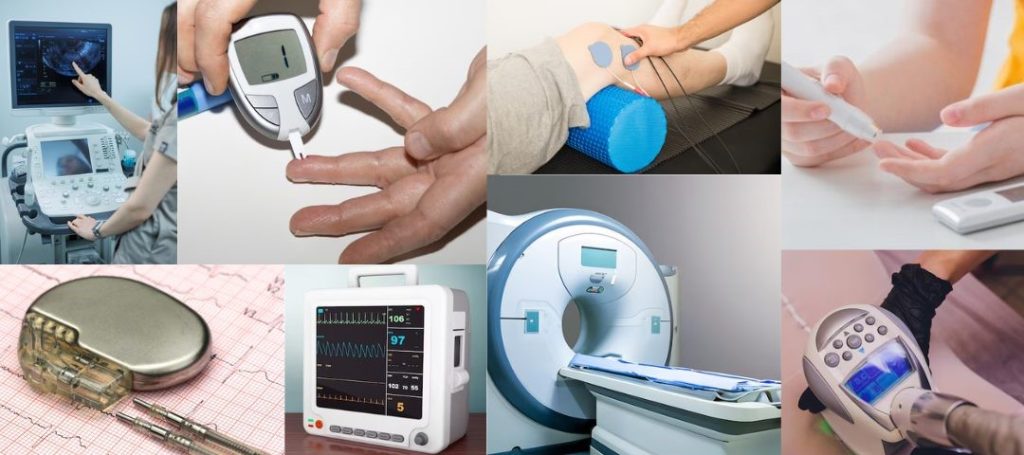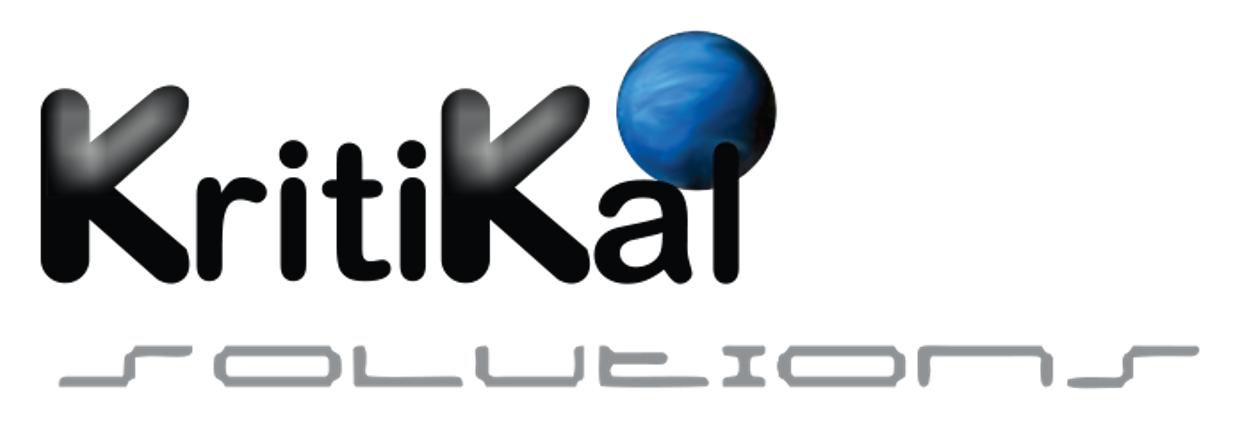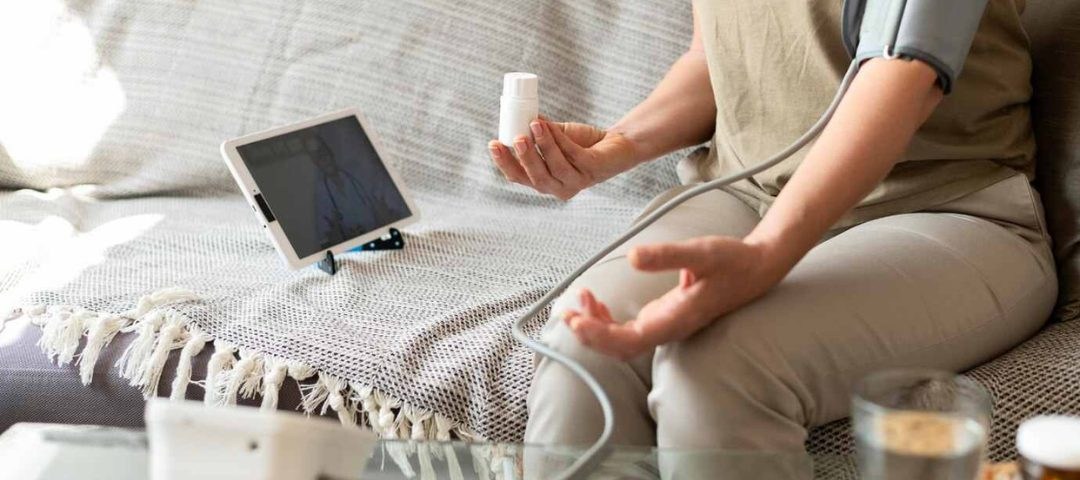What is Diagnostic & Therapeutic Equipment?
Diagnostics refers to various methods in medical sciences that are used to detect the presence of disease in a body, whether communicable, chronic or otherwise. On the other hand, therapeutics are materials, which may include vaccines, hormones, peptides, proteins etc., developed for treating diagnosed diseases and preventing them from leading to chronic conditions. Similarly, diagnostic devices assist clinicians in observing and measuring the stage of disease, causal organism or compound, other aspects of a patient’s health to form a precise diagnosis and prescribe an appropriate treatment plan. Therapeutic medical equipment which are basically instruments and apparatus, come into play post diagnosis, and are used in health restoration, maintenance, treatment and prevention of disease spread and latency.
For example, an electrocardiogram (ECG or EKG) is a diagnostic device that checks the rate of heartbeat and helps in detecting heart attacks, signs of blocked or narrowed heart arteries, and arrhythmias by recording the electrical signals in it. Today, almost all personal devices including Holter or event devices, smartwatches etc., are equipped with simple ECGs and electrocardiogram apps. Once a chronic heart condition is diagnosed through ECG, a small, battery-powered therapeutic device called a pacemaker or cardiac pacing device is surgically placed near the collarbone to maintain the heartbeat at a normal pace. It can be a single chamber that sends electrical signals to the lower right heart chamber via leads, dual chamber that sends impulses to both upper and lower heart chambers, or a biventricular in design, that stimulates both lower chambers for cardiac synchronization with a pulse generator.
The clinical diagnostics market is estimated at ₹7.2 trillion as of 2024 and is expected to attain an approximate value of ₹9.174 trillion by 2029, growing at a CAGR of 5.48% during this period. The diagnostic imaging equipment market in India was valued at ₹88.23 billion in 2024 and is projected to reach approximately ₹172 billion by 2029, surging at a CAGR of 10.3%. With the therapeutic respiratory devices market attaining a value of ₹4.2 trillion in 2023 and projected to reach ₹6.728 trillion by 2033 registering a CAGR of 4.7%, it is possible to assume the overall therapeutic medical devices market as well as design and development of medical device to hold a much greater value in the future.

Growing market size of medical device and diagnostic solutions in India from 2017 to 2028
Noval Solutions for Diagnostic & Therapeutic Equipment
Embedded Solutions
Some of the advanced diagnostic tools include mobile apps that facilitate remote monitoring of vital signs, lab results, patient data, wearable devices such as continuous glucose monitors, heart rate monitors, sleep trackers and telemedicine integration that enable virtual consultations and real-time data sharing etc. Furthermore, some common therapeutic medical devices include biofeedback systems that help patients manage chronic pain, stress, insulin etc. through real-time feedback, smart drug delivery systems that automatically adjust medication doses as per patient data, physical therapy and rehabilitation apps that include tailored exercise tracking programs for recovery monitoring and more.
Customized medical device and diagnostic solutions are useful for diagnosing various medical conditions and use cases such as remote monitoring apps for heart failure patients, continuous glucose monitors with smartphone connectivity, respiratory disorder tracking, apps for monitoring conditions like Parkinson’s disease etc. They also assist in monitoring and treating medical conditions as well, such as pacemakers for bradycardia, insulin pumps with dosing apps for diabetes management, smart inhalers that track usage, provide feedback to improve adherence, apps for cognitive rehabilitation from neurological disorders etc. Use of 3D printing technology for customized prosthetics, implants and anatomical models for pre-surgical planning is also becoming a common notion nowadays. Another example may include an AI-based interface that receives and interprets signals from a neurochip implanted in patients called Neuralink. It is especially useful for diagnostic and therapeutic purposes in cases of accidents, or when the patient is unable to communicate any type of discomfort to the health provider, as it grants control over the functioning of devices, appliances etc. without any human aid or verbal command.

Features of an ideal customized medical device and diagnostic solution
Computer Vision & AI-based Solutions
AI applications can be deployed at the edge to process data near the source of data generation to reduce bandwidth usage, latency, analyze vital signs and provide instant feedback, for example, Nvidia Jetson platform for real-time image and data processing in medical imaging devices and wearable health monitoring devices. The Internet of Medical Things (IoMT) is also gaining traction in the diagnostic and therapeutic fields as it connects devices to the internet, allowing remote monitoring, human action recognition, data sharing, integration, enhanced patient care and operational efficiency, for example, Philips IoMT solution for chronic disease management, diabetes and heart disease monitoring for timely interventions.
Customized solutions such as Deep Learning for image recognition for detecting cancer, diabetic retinopathy, pneumonia, face alignment and detection etc., are frequently used for diagnosis in modern times, for example, Aidoc analyzes CT scans to alert regarding critical conditions and improves response times for treatment. Natural Language models can scrutinize unstructured sensor data obtained from therapeutic medical devices to extract meaningful insights, for example, Zebra computer vision in Healthcare, IBM Watson Health which analyzes patient health records and suggests treatment options with evidence. AI in therapeutics has been useful for devising treatment plans as per historical outcomes, for example, Tempus, Grail which focuses on enhanced breast cancer detection with respect to genomic data.
Software Solutions
Custom health software solutions for diagnostic and therapeutic equipment allow healthcare providers to reduce expenses, respond to patient care and improve their business. Intuitive customer relationship management software linked to these equipment can optimize processes, store and visualize information on medications via dashboards, eliminate human errors, integrate with ERP, HRM modules and make them customizable for specific patients. Web, mobile apps and intelligent document processing solutions can assist in in-house patient monitoring, equipment functioning, appointment scheduling, audio or video calls, counseling, real-time alerts, health survey analytics, chats and consultations between medical professionals.
Implementing Solutions for Medical Device & Diagnostics
Given the rising importance of the diagnostic and therapeutic devices market, manufacturing customized solutions for the same is the need of the hour. This involves devices and systems tailored to meet specific clinical needs as per patient population. Some key aspects to consider for developing such solutions include –
- Assessing Requirements: Understanding specific therapeutic or diagnostic needs of health providers and OEMs. Specific needs of patients and their feedback are gathered through medical assistants, clinicians, specialists etc. to identify gaps in current therapeutic medical equipment.
These may include needs related to the development of embedded hardware or firmware like secure EHR platforms for storing patient data related to personal details, doses, medical charts, historical outcomes etc. It also includes remote diagnostic systems for holistic analysis by different professionals like in Generic Human Disease Ontology (GHDO). Certain imaging and visualization software for CT scans, MRIs for decision-making and telesurgery, electronic prescription systems that take in evidence from equipment sensors, software as a medical device (SaMD), medical equipment management, and scheduled maintenance, also fall under this category.
- Design & Development: Once the medical prototype development is done, tested for functionality and usability, designers need to ensure that it meets relevant health and safety requirements like the Central Drugs Standard Control Organization (CDSCO) in India. It is advisable to use biocompatible materials for therapeutic medical equipment to minimize adverse reactions and implement AI/ML algorithms during development and software integration for better diagnostic capabilities.
As the device moves from prototyping to finished product and passes further stages of functional testing, it is assured that it complies with regulations for medical devices, standards for safety, patient data protection, premarket approval, medical device standards, quality management systems and post-market surveillance such as the Information Technology (IT) Act, 2000, Health Data Management Policy, Personal Data Protection Bill (PDPB), ISO 13485 certification managed by CDSCO etc.

Various types of diagnostic and therapeutic medical equipment
- Device Integration: Therapeutic medical devices or solutions must feature interoperability and compatibility with existing healthcare systems, electronic health records (EHR). The design must be modular in nature so that it can be easily upgraded, modified and made future-proof as and when new technologies are introduced in the industry.
- Testing & Validation: Post-integration, clinical trial data analysis must be conducted to assess the effectiveness and safety of the device developed, after which user testing is done that involves end-users or patients to gather practical feedback, refine and enhance products over time.
- Training & Support: The solution must provide comprehensive training to healthcare providers around the newly developed devices as well as ongoing support to address any issues that may arise post-implementation.
Translating Innovation in Diagnostics & Therapeutics
In this blog, we discussed how custom solutions can enhance patient care by providing precise diagnostics and effective therapeutics that are tailored to individual needs. We also gathered our thoughts around diagnostic and therapeutic apps, their features, medical conditions, use cases where they are applicable, regulations to be adhered to while designing, development and what the future holds in this field. They can revolutionize the same by making it more personalized, efficient and accessible. With time, continuous innovation in technology and adherence to regulations can ensure addressal of evolving needs in healthcare and MedTech solutions.
KritiKal develops advanced medical devices and diagnostic solutions that integrate predictive analytics algorithms for personalized therapy adjustments and further diagnosis. The interoperable systems developed can easily integrate with EHRs and other healthcare software for seamless data exchange. It focuses on personalized medicine and related devices that unfold tailored treatments based on genetic information and individual health profiles. Businesses can be reassured that the best of technologies are embedded into these solutions such as intuitive interfaces for healthcare providers, patients for enhancing usability and reducing training time.
Over the years, it has boosted the product portfolios of various organizations working in the medical technology by designing, developing, testing diagnostic and therapeutic equipment such as devices for monitoring stress, pain, insomnia, depression in cranial electrotherapy stimulation, metabolic enhancement therapy etc. Some of the solutions also include sleep monitoring solutions, smart neckbands for observing, reporting vital parameters, smart beds, patient support apparatus, pendant-based patient care alert systems, biofluid, blood glucose, pressure, sugar etc., diagnostic portable systems etc. It also supports diagnostic imaging equipment like cancer detection algorithms combined with mammographic tools for radiologists, analysis and treatment of hair, skin through AI/ML-based defect detection, apt product recommendation, IVF embryo grading solutions, detection of COVID, pneumonia etc. in lungs X-ray images and more. Please get in contact with us at sales@kritikalsolutions.com to avail our services.

Praveen Kumar currently works as a Lead Firmware Engineer at KritiKal Solutions. He has over 13 years of experience in embedded systems and software, product development, automated solutions, electronics, microcontrollers, testing, debugging and is proficient in RTOS, ARM, Embedded C etc. He has helped KritiKal in developing and delivering robust embedded solutions to some major clients.

 Global
Global  United States
United States 